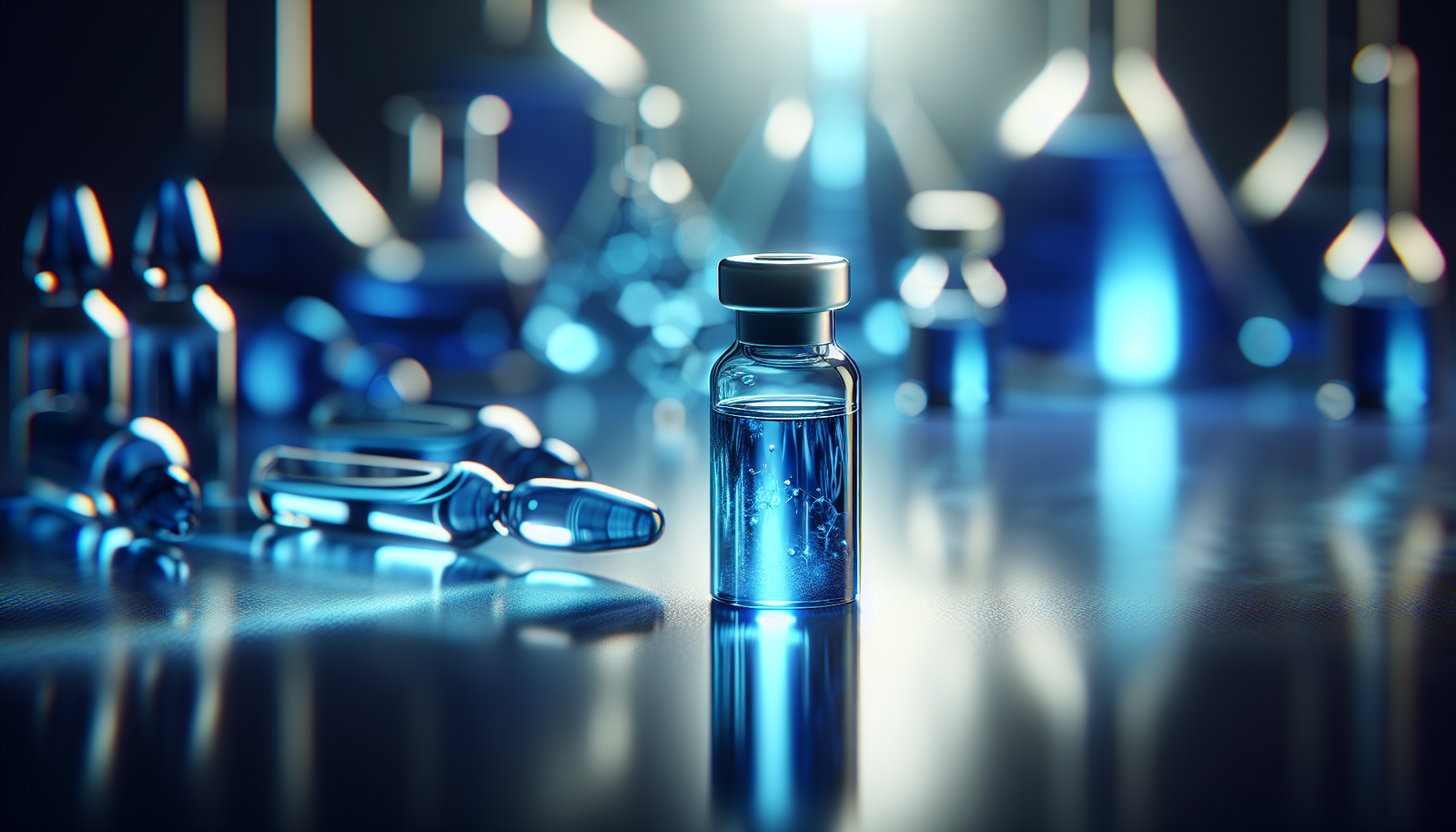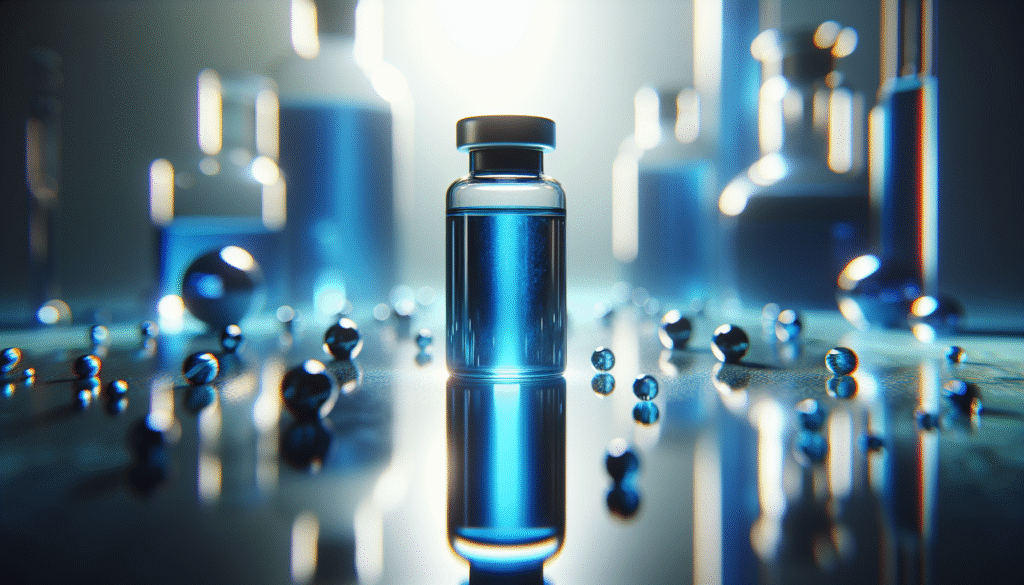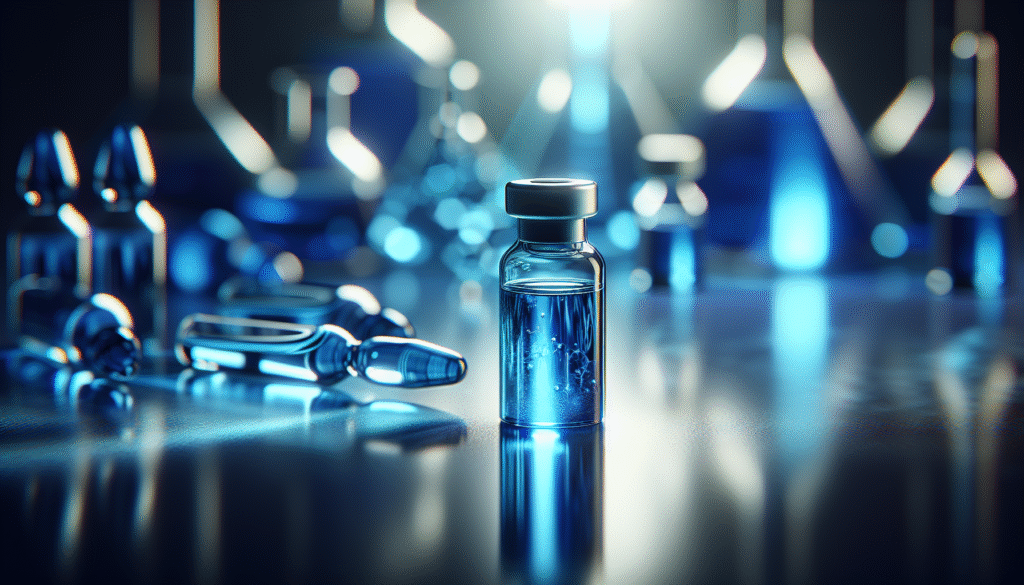
Have you ever considered the therapeutic potential of a compound that has been used for over a century, yet continues to intrigue researchers today? Methylene blue is one such compound, and its role in antimicrobial therapy is becoming increasingly significant.
Understanding Methylene Blue
Methylene blue, a synthetic dye with a deep blue color, was first synthesized in the 19th century. Initially utilized as a textile dye, it soon found applications in various medical fields. Its wide array of uses encompasses treating methemoglobinemia, serving as a histological stain, and, more recently, catching the interest of researchers looking into its antimicrobial properties.
This drug operates as a redox agent, which allows it to participate in electron transfer reactions, imparting unique properties relevant to microbial viability. Its mechanisms of action are what warrant a closer examination, especially in the context of antimicrobial therapy.
Historical Context
The Early Use of Methylene Blue
While you might primarily recognize methylene blue as a stain in laboratory settings, its medical applications began in the 1890s. Initially studied for its ability to treat malaria, methylene blue proved effective against the disease caused by Plasmodium vivax. In the years that followed, its uses expanded beyond infectious diseases, leading to its current multifaceted role in modern medicine.
Recent Renewed Interest
The recent resurgence in interest in methylene blue stems from a variety of factors, including the rise of antibiotic resistance and the need for novel antimicrobial agents. As traditional antibiotics become less effective due to resistance, researchers are seeking alternative treatments, making the exploration of compounds like methylene blue increasingly relevant.

Mechanisms of Action
To appreciate methylene blue’s role in antimicrobial therapy, it is essential to understand its mechanisms of action.
Photodynamic Activity
Methylene blue exhibits photodynamic properties, which means it can produce reactive oxygen species (ROS) upon exposure to light. This generation of ROS can damage microbial cells, leading to their death. This mechanism has been exploited in various studies, indicating potential applications in treating both bacterial and fungal infections.
Reduction-Oxidation Reactions
Methylene blue acts as a redox mediator, participating in reduction-oxidation reactions within cells. It can accept and donate electrons, impacting cellular respiration. This property can disrupt microbial metabolism, contributing to its bactericidal effects.
Inhibition of Biofilm Formation
Biofilms, structured communities of bacteria that adhere to surfaces, represent a significant challenge in infection control. Methylene blue has shown potential in inhibiting biofilm formation in various bacterial species, adding another layer to its antimicrobial efficacy.
Synergistic Effects
Recent studies have indicated that methylene blue can possess synergistic effects when used in combination with other antimicrobial agents. This means that methylene blue, when paired with other drugs, can enhance their antimicrobial activity and may offer a new strategy for overcoming resistance.
Antimicrobial Applications
Bacterial Infections
Methylene blue’s effectiveness against a variety of bacterial infections has been well-documented. In vitro studies have shown that it can be effective against common pathogens such as Staphylococcus aureus and Escherichia coli.
| Pathogen | Effectiveness |
|---|---|
| Staphylococcus aureus | Positive in vitro results |
| Escherichia coli | Effective in combining with antibiotics |
| Pseudomonas aeruginosa | Limited, but some success in photodynamic therapy |
Fungal Infections
Methylene blue’s application extends beyond bacteria to include fungal infections. Some studies suggest it has antifungal properties, although research is ongoing in this area.
Viral Infections
While its primary focus has been on bacteria and fungi, some preliminary studies have also been conducted on methylene blue’s antiviral activity. The effects on viruses like HIV and herpes simplex virus (HSV) indicate potential, though more research is necessary to fully understand its efficacy in this domain.

Clinical Trials and Research
Current Trials
Ongoing clinical trials are exploring the utility of methylene blue in various therapeutic contexts. Investigations range from its combined use with existing antibiotics in treating resistant infections to examining its efficacy in preventing biofilm formation.
Notable Findings
Several studies have yielded promising results, demonstrating that methylene blue can enhance treatment outcomes. For instance, combinations of methylene blue with cephalosporins have shown enhanced bactericidal activity against resistant bacterial strains.
Safety and Side Effects
General Safety Profile
Methylene blue is generally considered safe for use, especially when administered in controlled amounts. However, like any therapeutic agent, it is not without side effects. You might experience mild adverse reactions such as skin discoloration or gastrointestinal disturbances.
Contraindications
Certain populations may need to avoid methylene blue specifically. For instance, patients taking serotonergic medications should exercise caution due to the risk of serotonin syndrome.
Monitoring and Dosage
Careful monitoring is essential during methylene blue treatment. Optimal dosages vary depending on the condition being treated and the patient’s overall health.
Future Directions in Antimicrobial Therapy
Challenges Ahead
Despite its promise, the integration of methylene blue into mainstream antimicrobial therapies faces challenges. Regulatory hurdles, the need for large-scale clinical trials, and potential competition with existing treatments are significant barriers.
Moving Towards Combination Therapies
One of the most exciting avenues for research is in combination therapies. By pairing methylene blue with established antibiotics, you may increase the efficacy of treatments against stubborn infections while mitigating resistance.
Conclusion
In summary, methylene blue represents a fascinating intersection between historical use and modern medical challenges. Its intriguing mechanisms of action, combined with its broad-spectrum antimicrobial potential, offer fresh hope in combating resistant infections. As research continues to unfold, the role of methylene blue in antimicrobial therapy may soon be solidified as a valuable asset in your medical toolkit.
Considering the pressing need for effective antimicrobial strategies, methylene blue’s multifaceted capabilities stand as a reminder of the potential that exists within established compounds. The ongoing exploration may not only redefine its therapeutic landscape but may also open pathways to innovative treatment regimens that can withstand the test of time—and microbial resistance.
In conclusion, you are encouraged to keep an eye on the evolving narrative around methylene blue, as its journey from a simple dye to a complex therapeutic agent continues to evolve with each study and trial conducted.